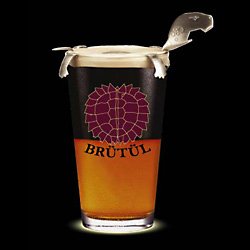Well after having a bottle of Mississippi Mud last night I think I might try to make a clone. How would you ferment this?
1. Combine both worts and pitch two yeasts, one porter one pilsner?
2. Ferment both beers completely separate, and combine before bottling/kegging?
3. Primary separately and combine For secondary?
I'm leaning towards options 2 or 3, with those ill end up with 5g of black & tan, 2.5 gallons of porter and 2.5 gallons of pilsner.
1. Combine both worts and pitch two yeasts, one porter one pilsner?
2. Ferment both beers completely separate, and combine before bottling/kegging?
3. Primary separately and combine For secondary?
I'm leaning towards options 2 or 3, with those ill end up with 5g of black & tan, 2.5 gallons of porter and 2.5 gallons of pilsner.



